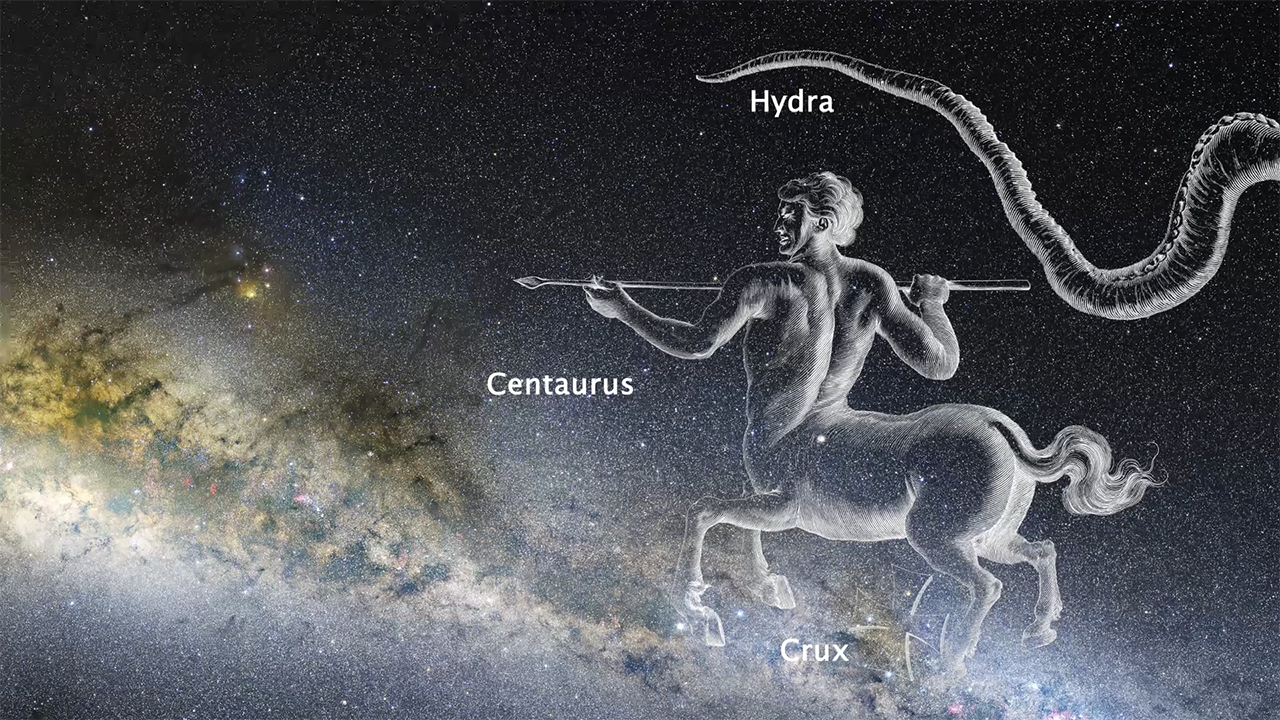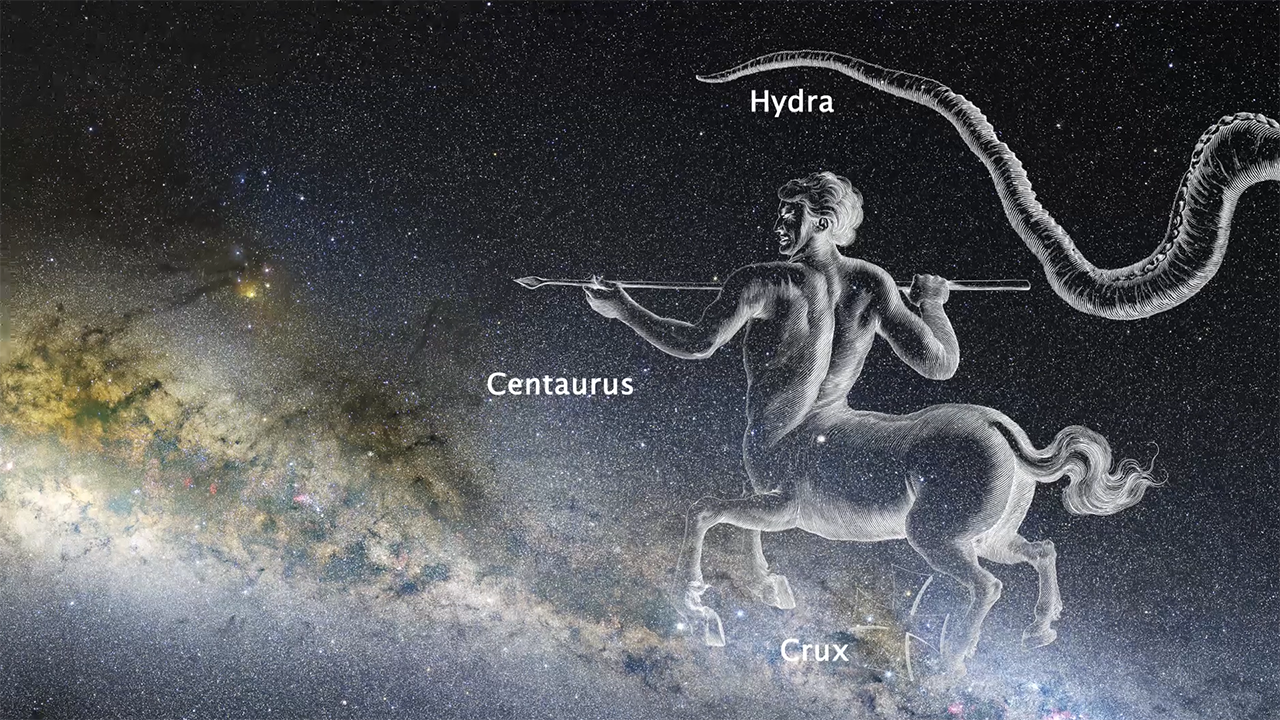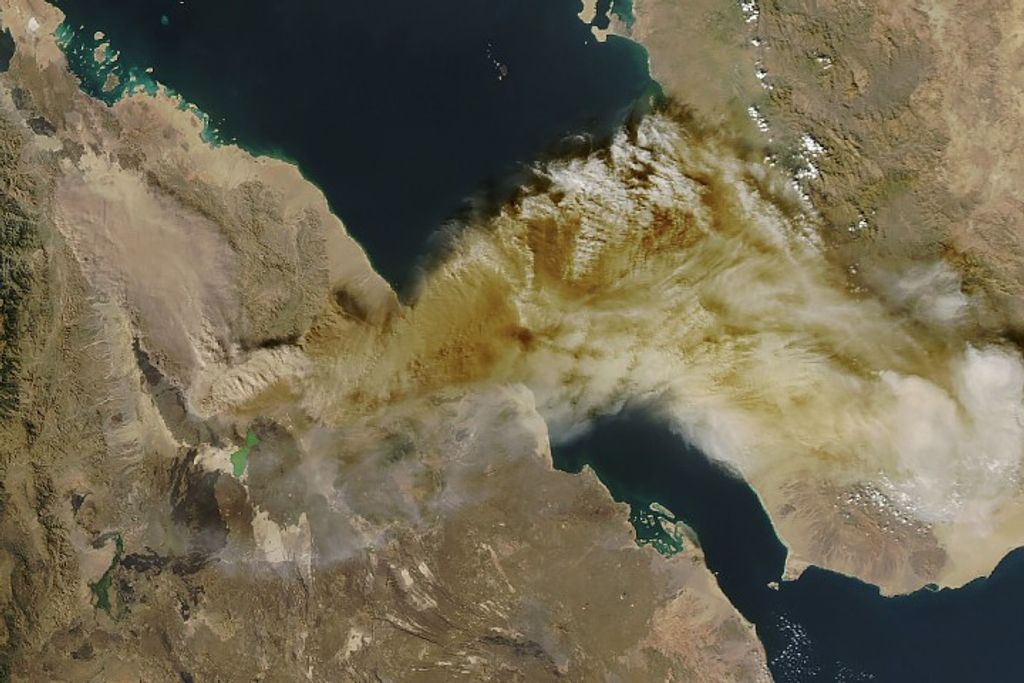1 min read
Spectrum of a Kilonova

About the Data
- Data DescriptionData DescriptionProposal: A description of the observations, their scientific justification, and the links to the data available in the science archive.
Science Team: The astronomers who planned the observations and analyzed the data. "PI" refers to the Principal Investigator.Spectrum of a kilonova, showing the Lanthanide peak.
- Release DateOctober 16, 2017
- Science ReleaseNASA Missions Catch First Light from a Gravitational-Wave Event
- Credit
Related Images & Videos

Gravitational Wave Source in NGC 4993
On August 17, 2017, the Laser Interferometer Gravitational-Wave Observatory detected gravitational waves from a neutron star collision. Within 12 hours, observatories had identified the source of the event within the galaxy NGC 4993, shown in this Hubble Space Telescope image,...

Neutron Star Collision Creates Kilonova
Panel 1: A pair of neutron stars in a binary system spiral together. Orbital momentum is dissipated through the release of gravitational waves, which are tiny ripples in the fabric of space-time. Panel 2: In the final milliseconds, the two objects merge and produce a gamma-ray...

Narrated Zoom into GRB170817A in NGC 4993
This narrated movie zooms into the constellation Hydra to focus on the galaxy NGC 4993. Within this galaxy, a neutron star collision generated gravitational waves and an associated gamma-ray burst (GRB). It also resulted in a glow called a kilonova that was visible to telescopes...

Zoom into GRB170817A in NGC 4993
This movie zooms into the constellation Hydra to focus on the galaxy NGC 4993. Within this galaxy, a neutron star collision generated gravitational waves and an associated gamma-ray burst (GRB). It also resulted in a glow called a kilonova that was visible to telescopes...
Share
Details
Claire Andreoli
NASA’s Goddard Space Flight Center
Greenbelt, Maryland
claire.andreoli@nasa.gov

































